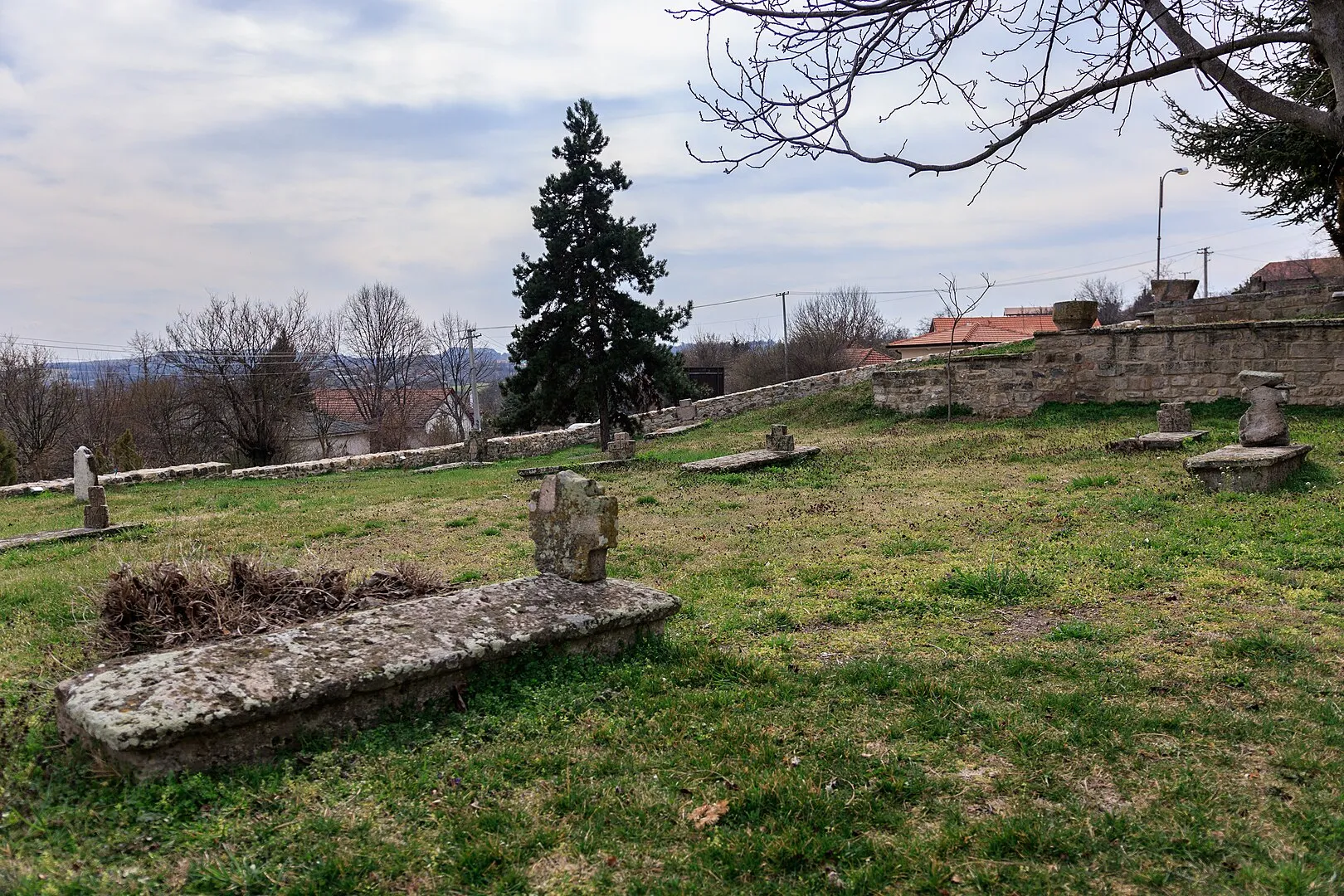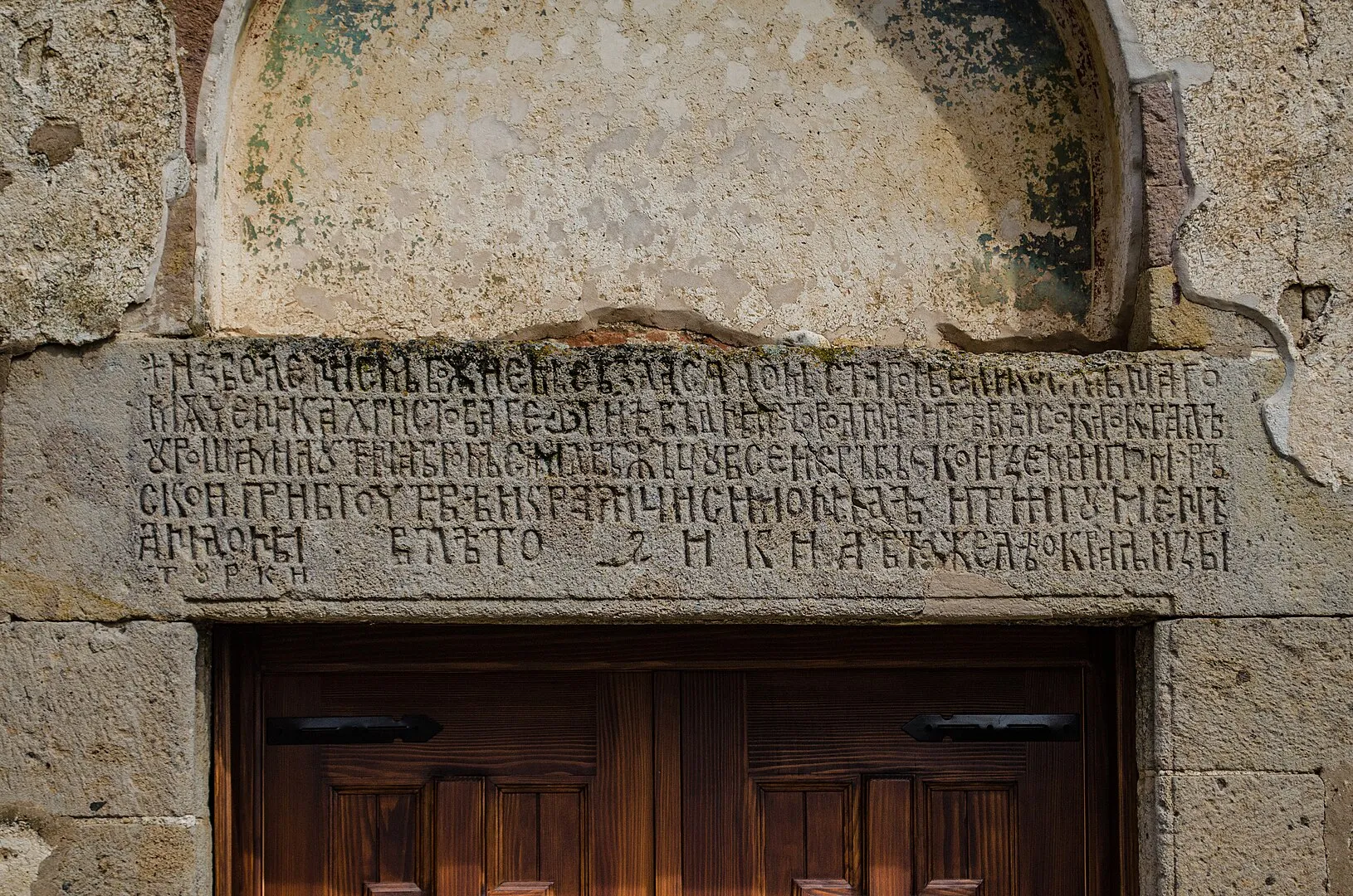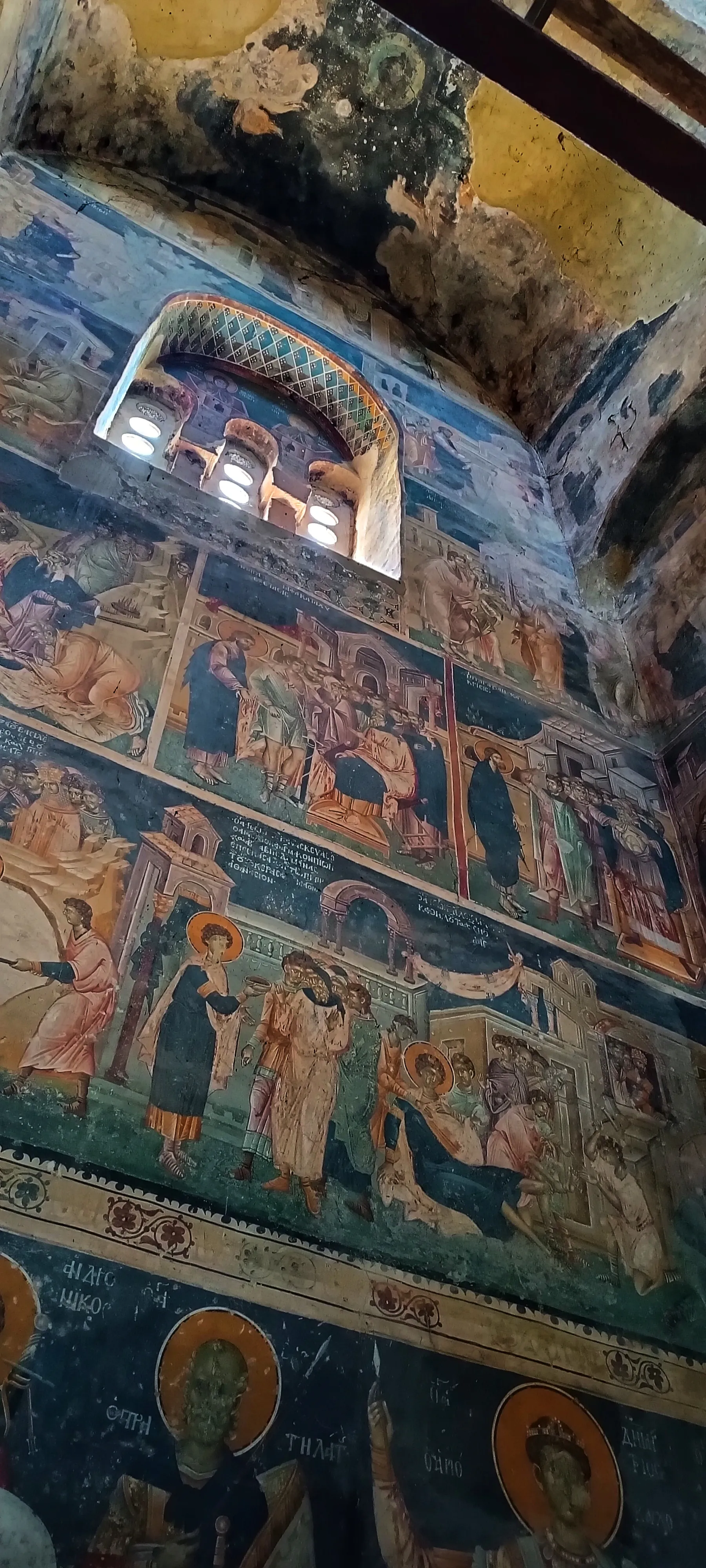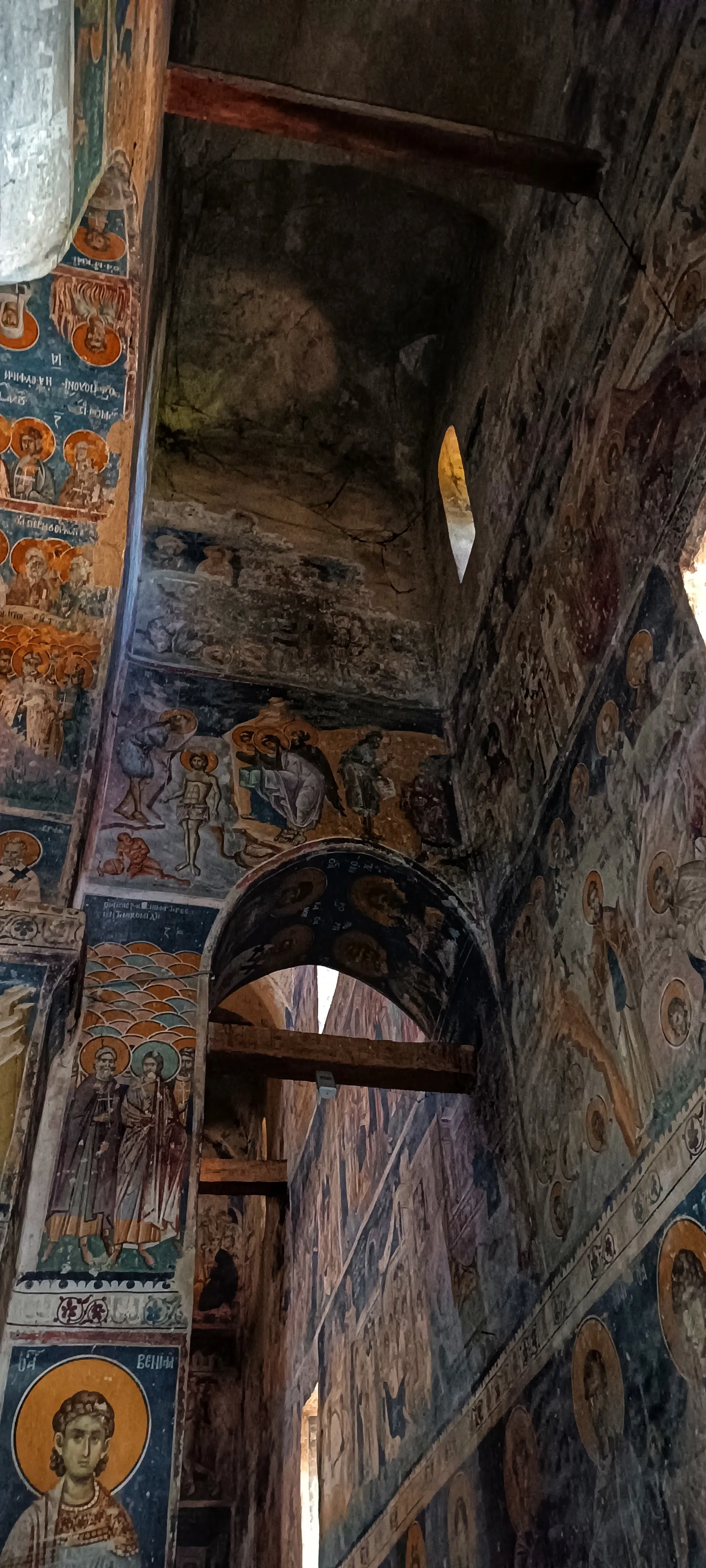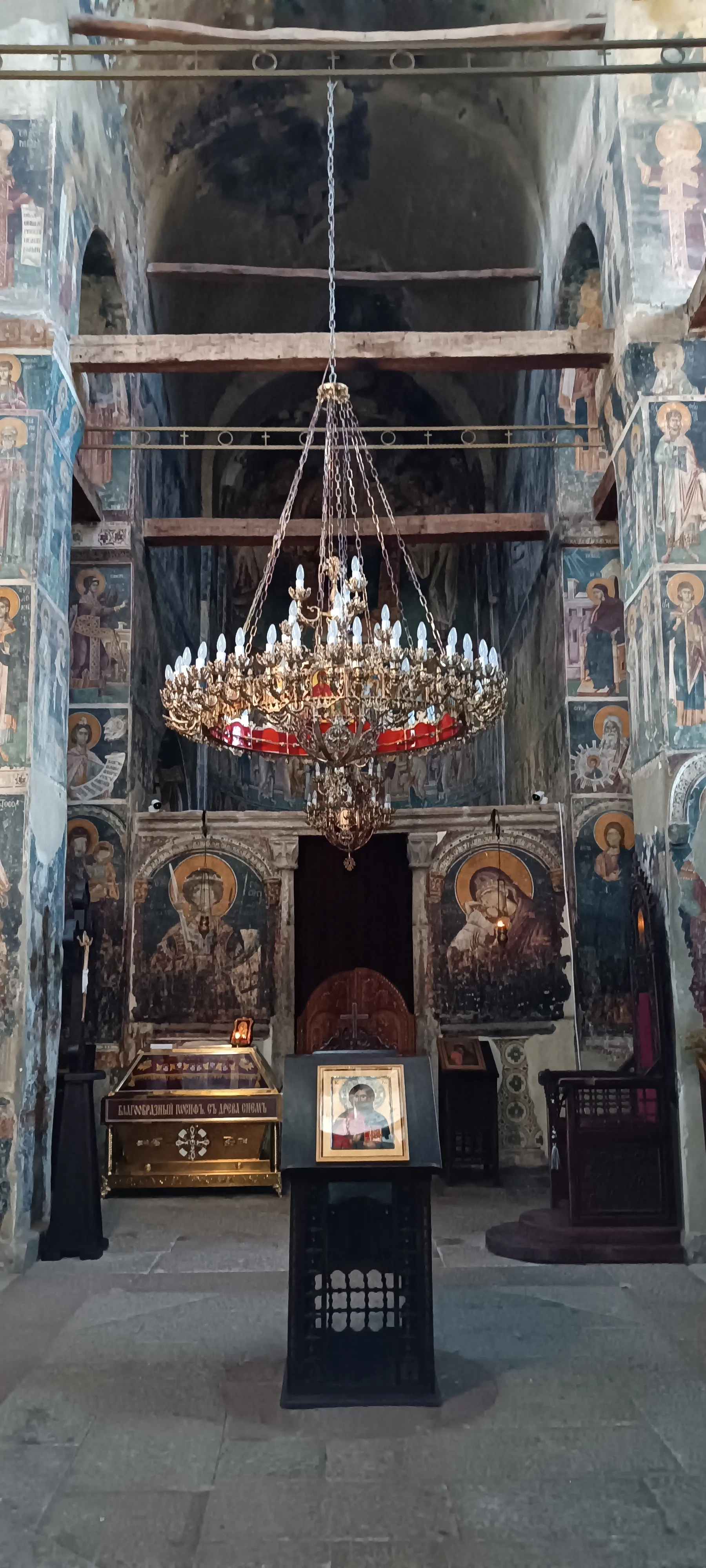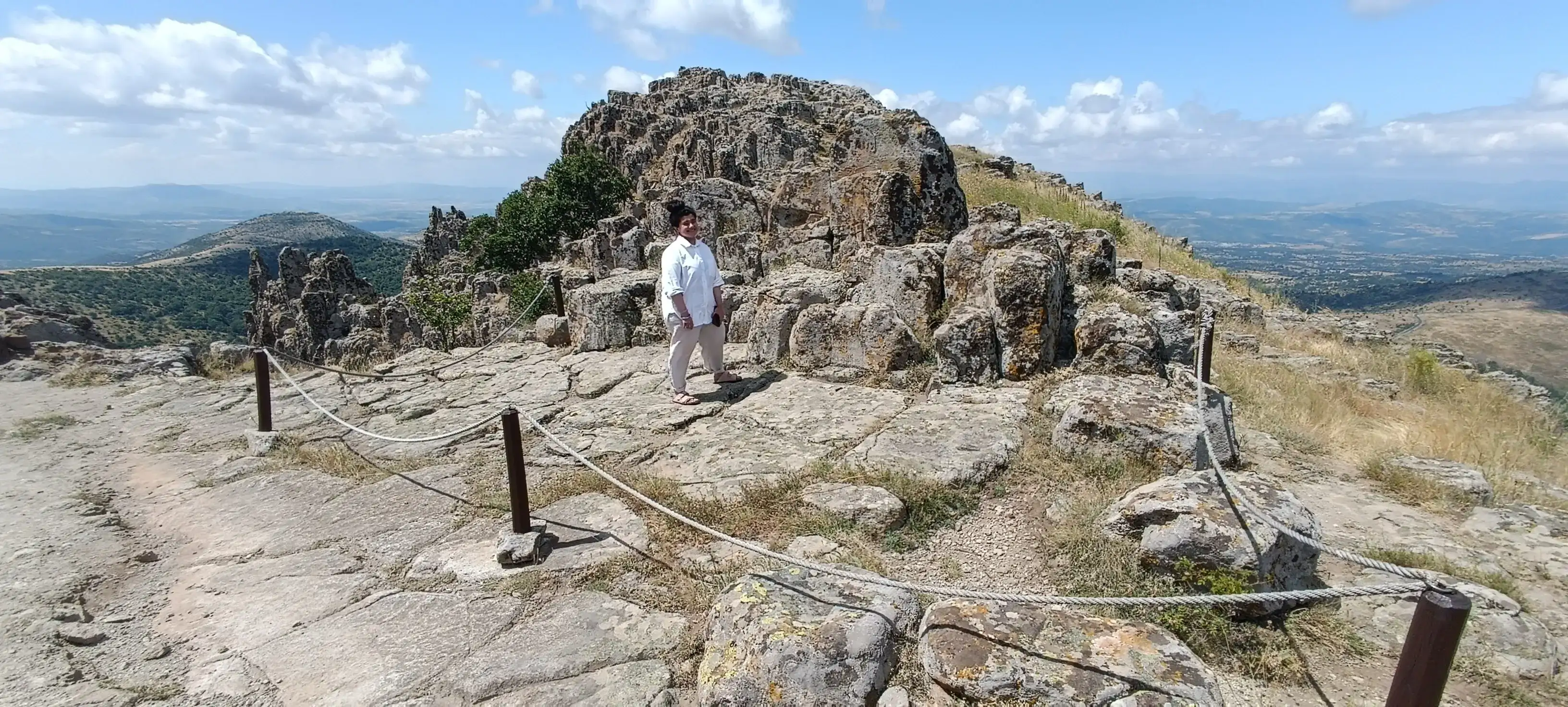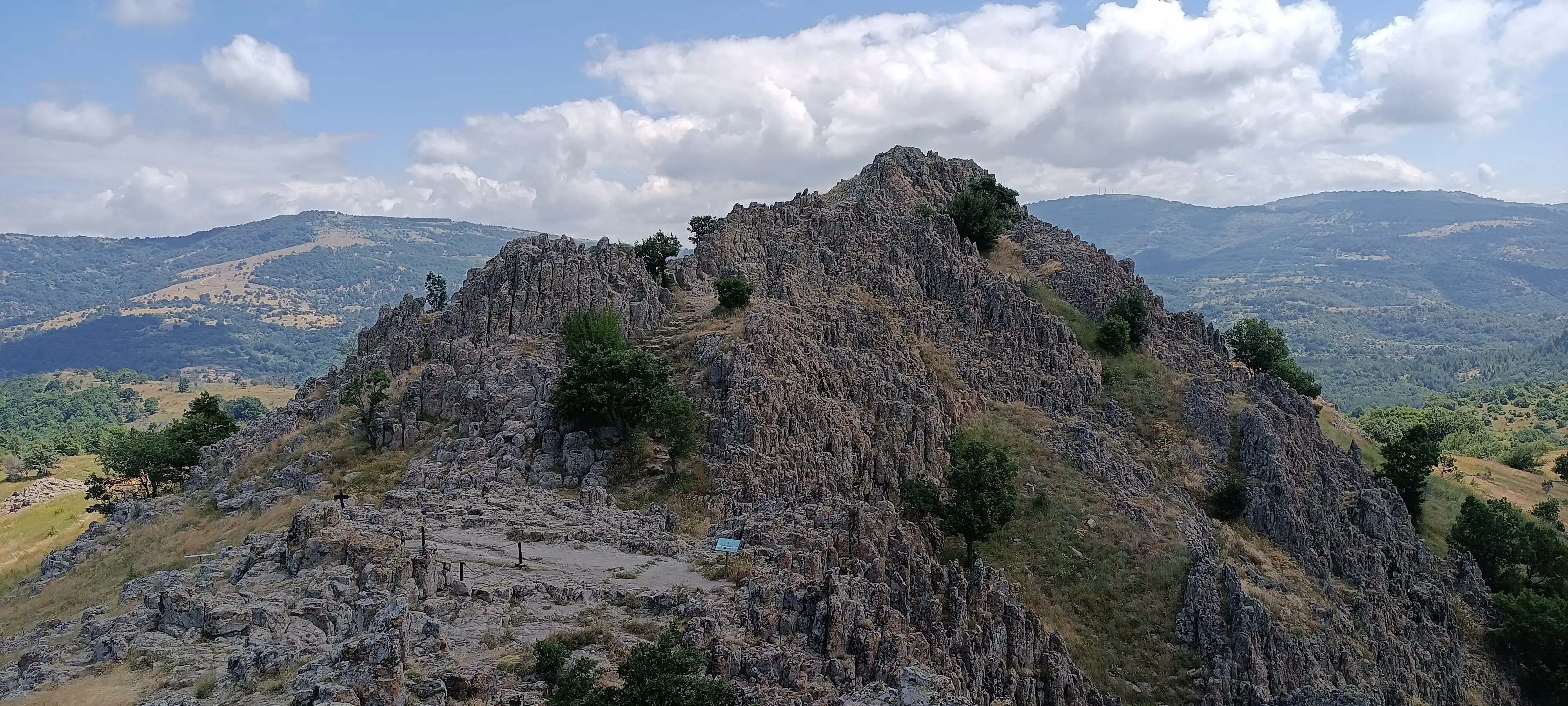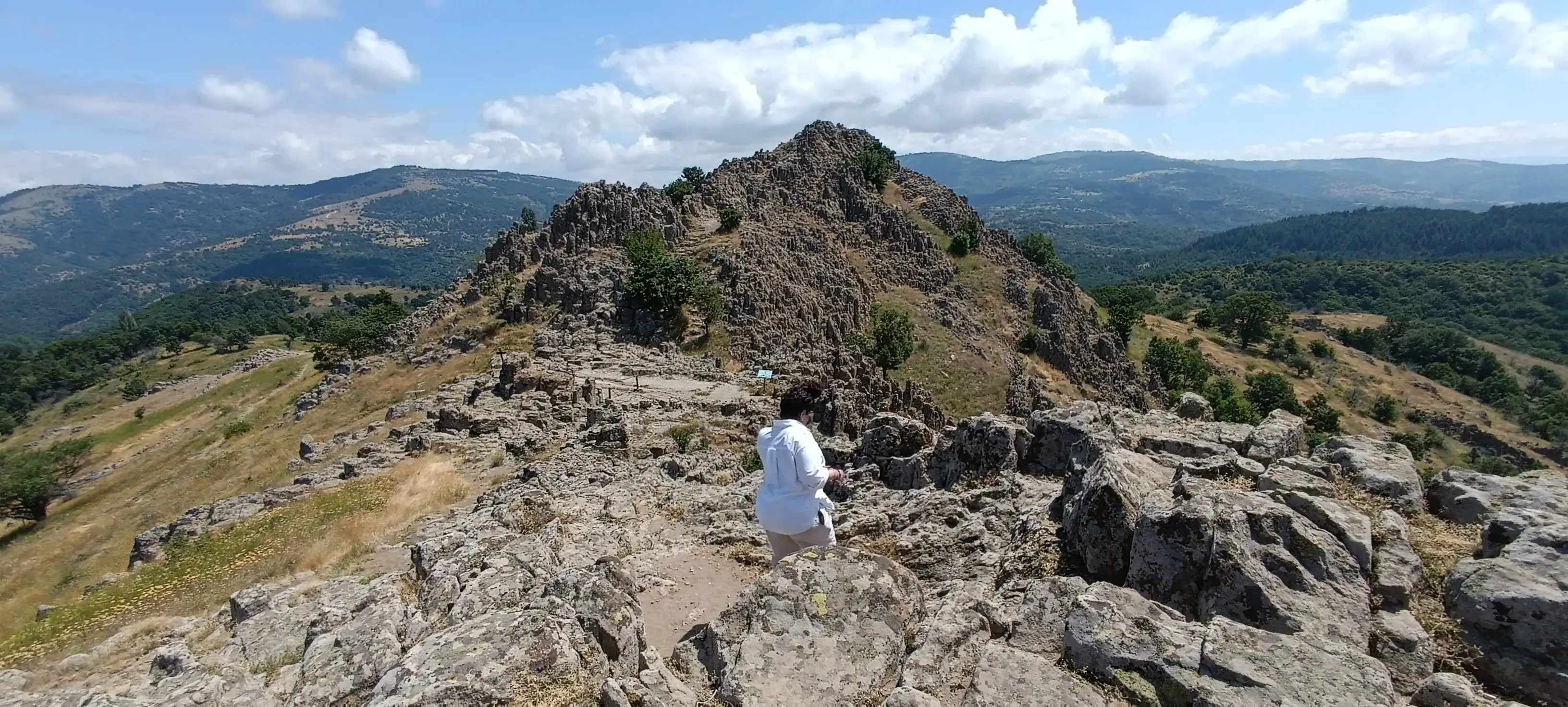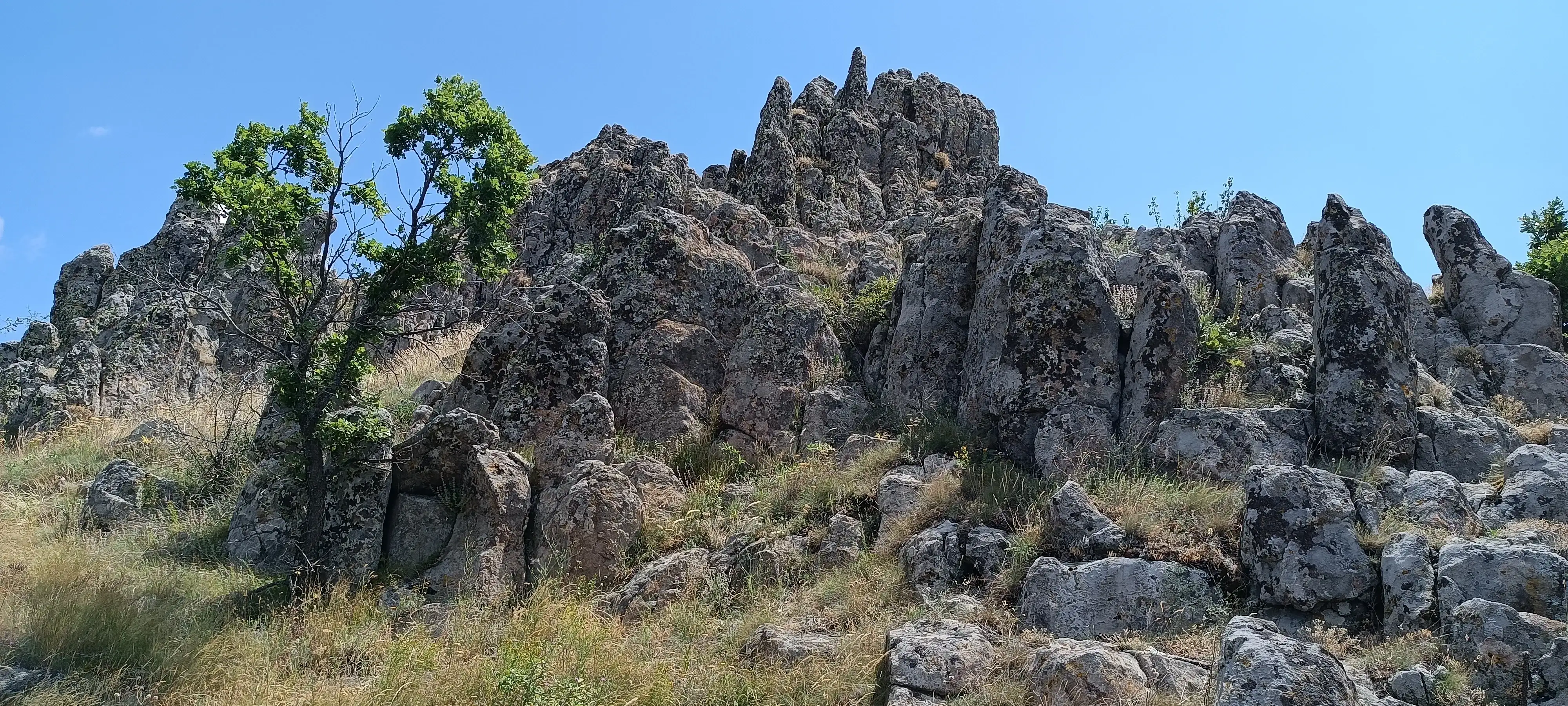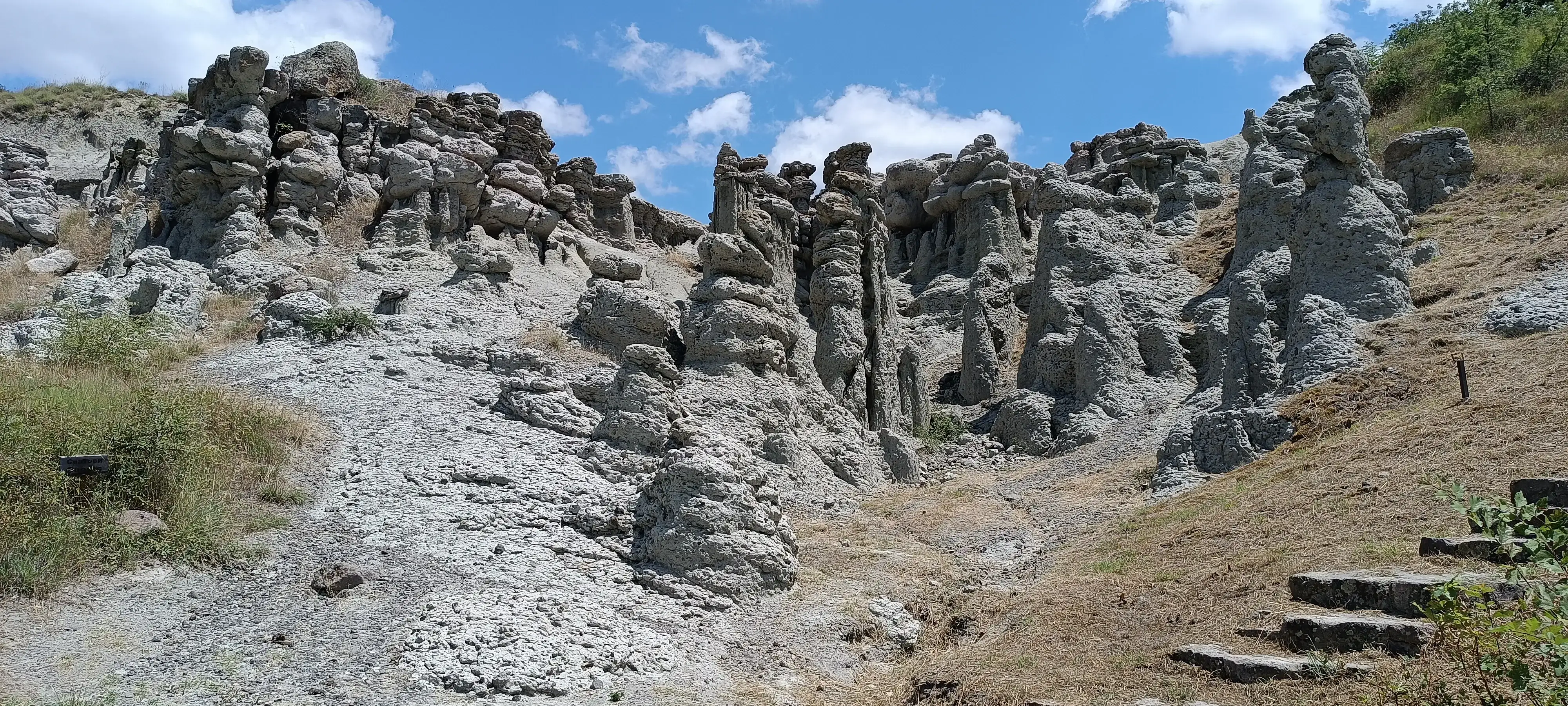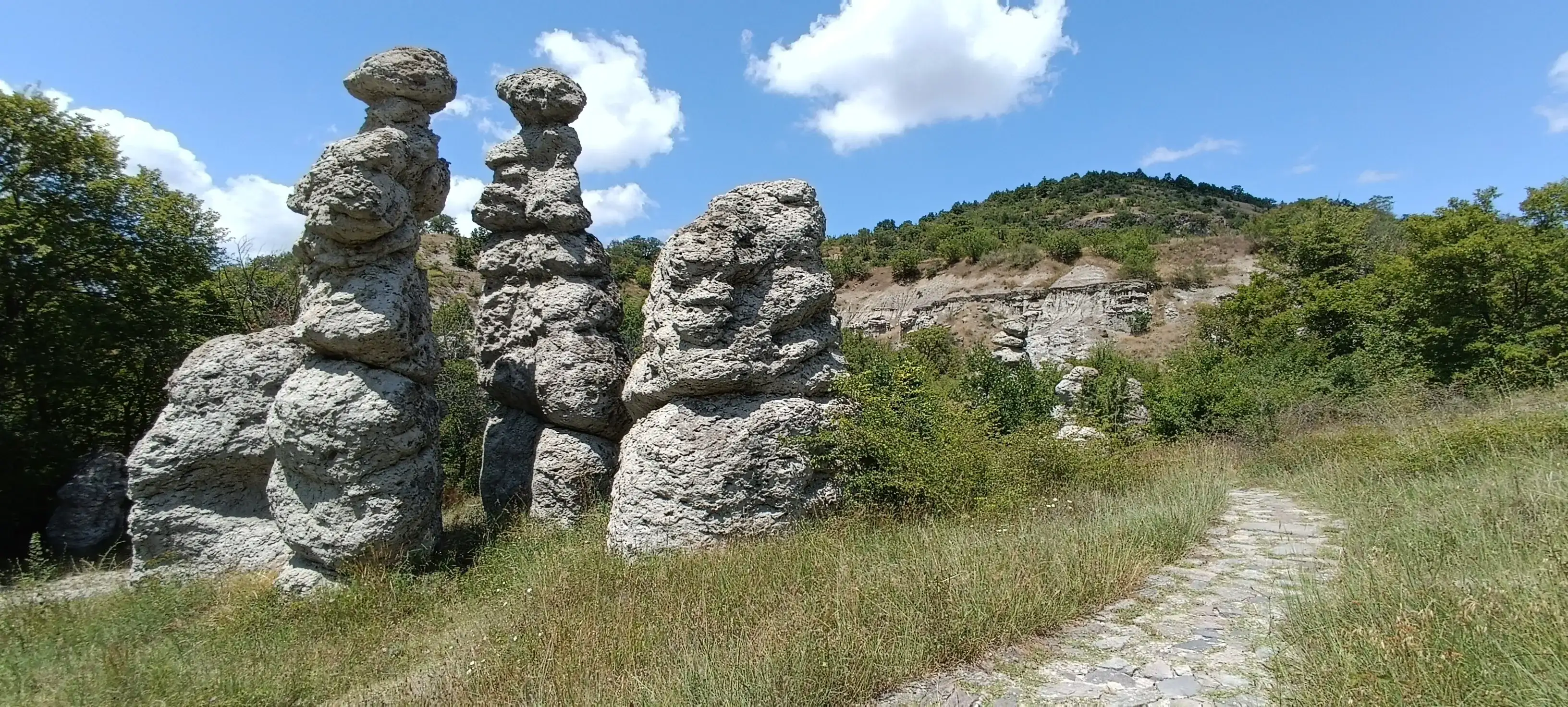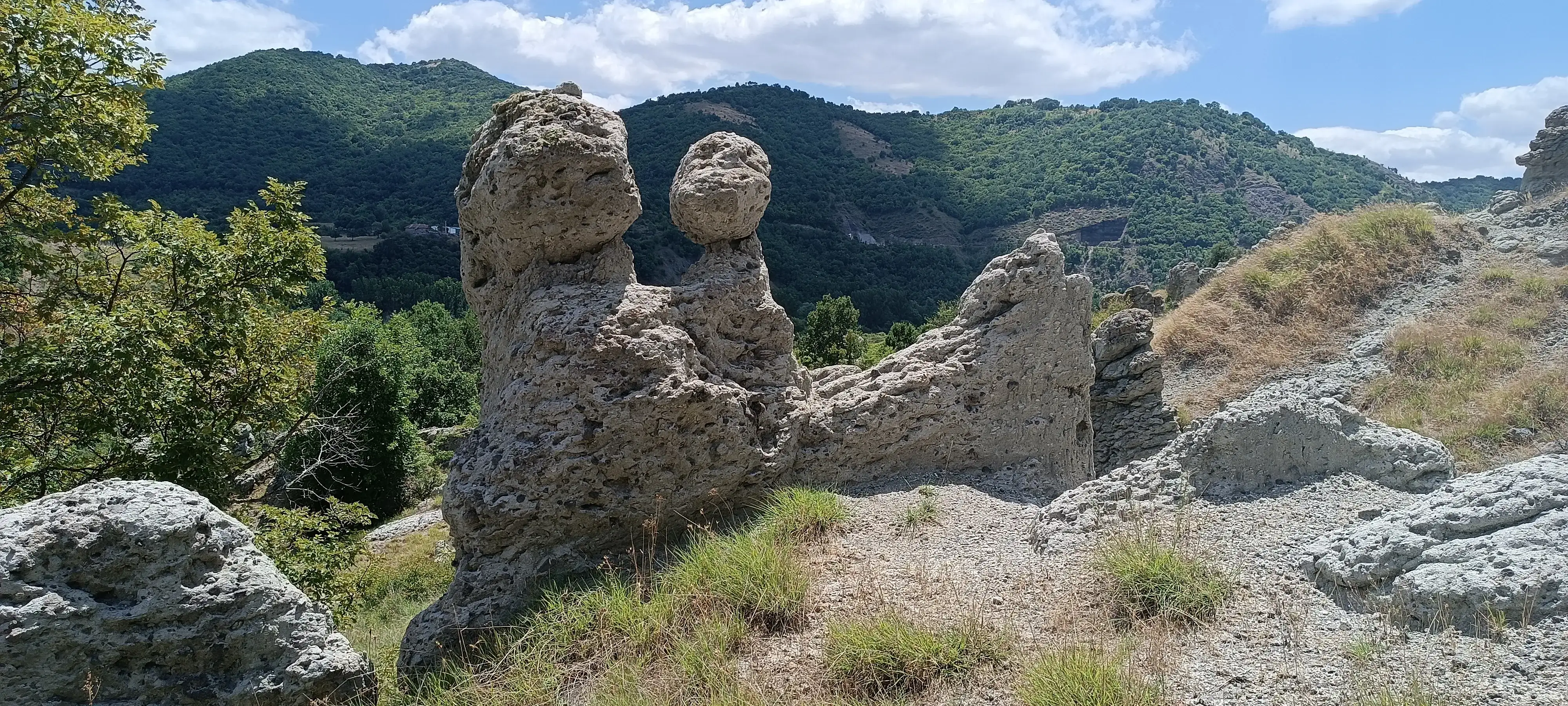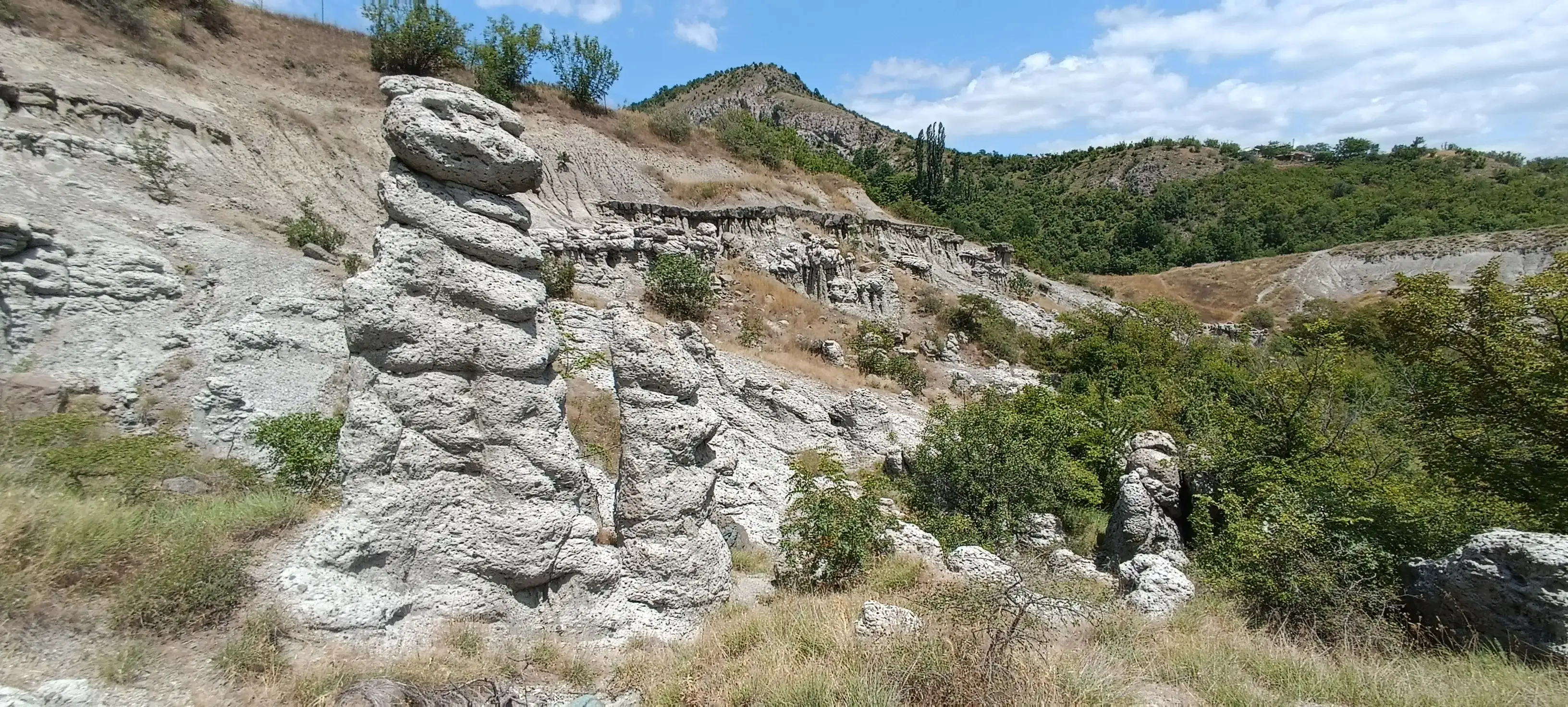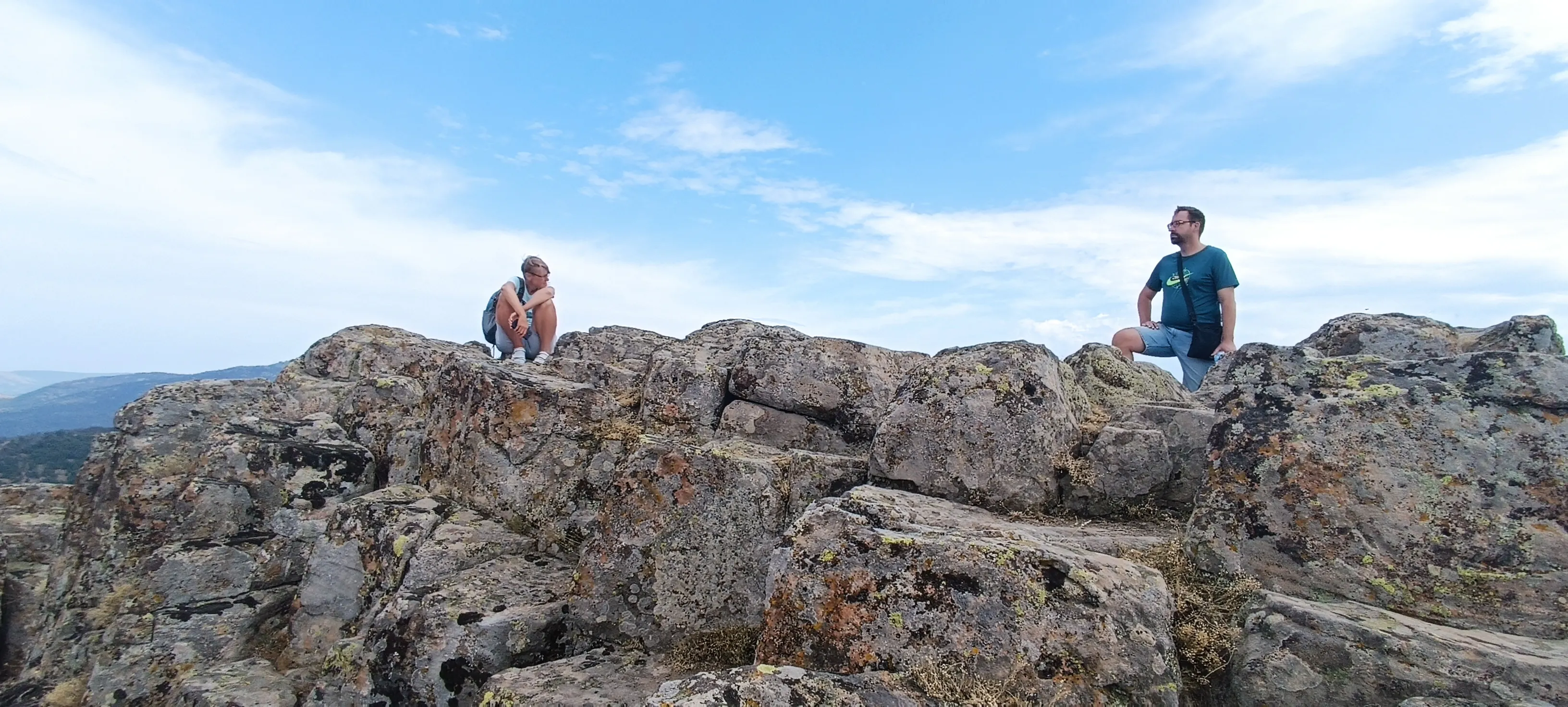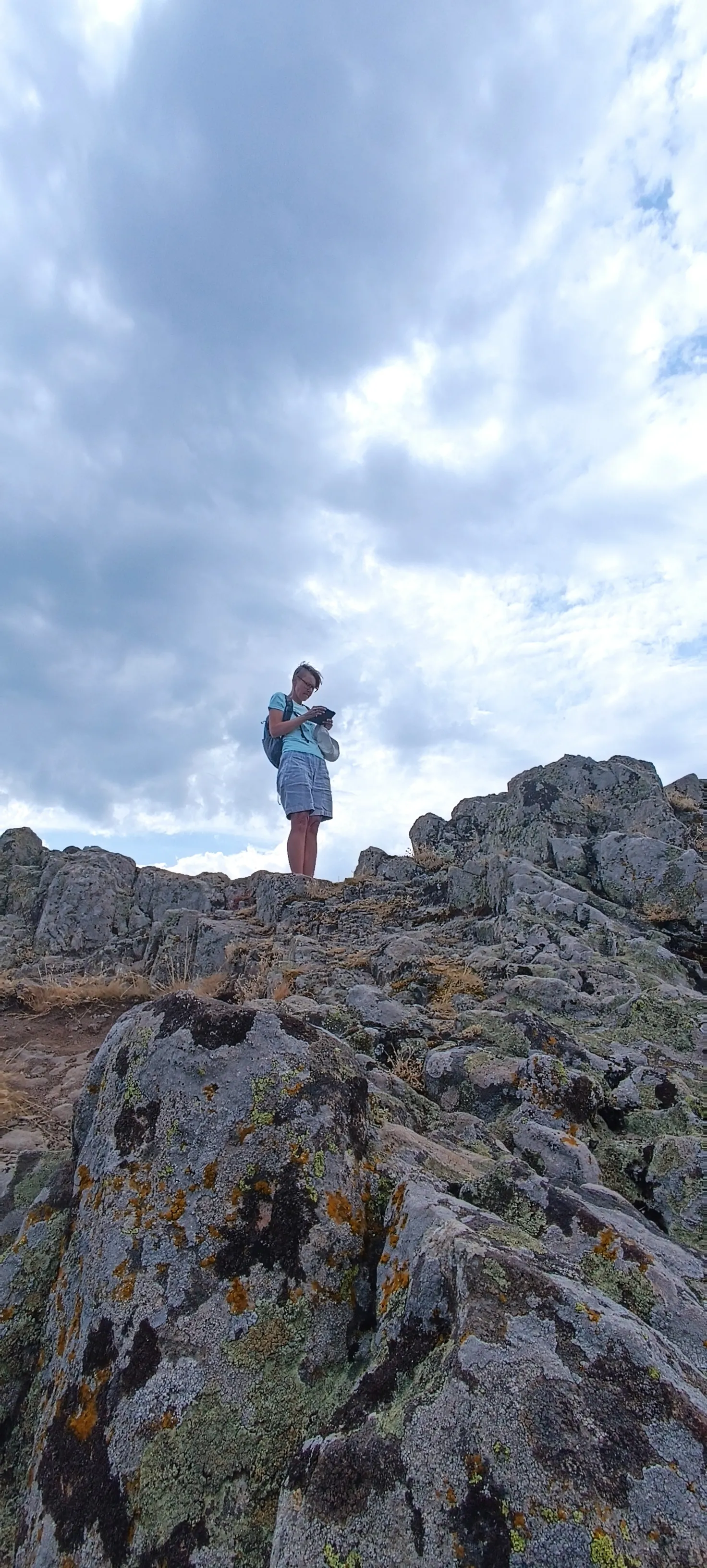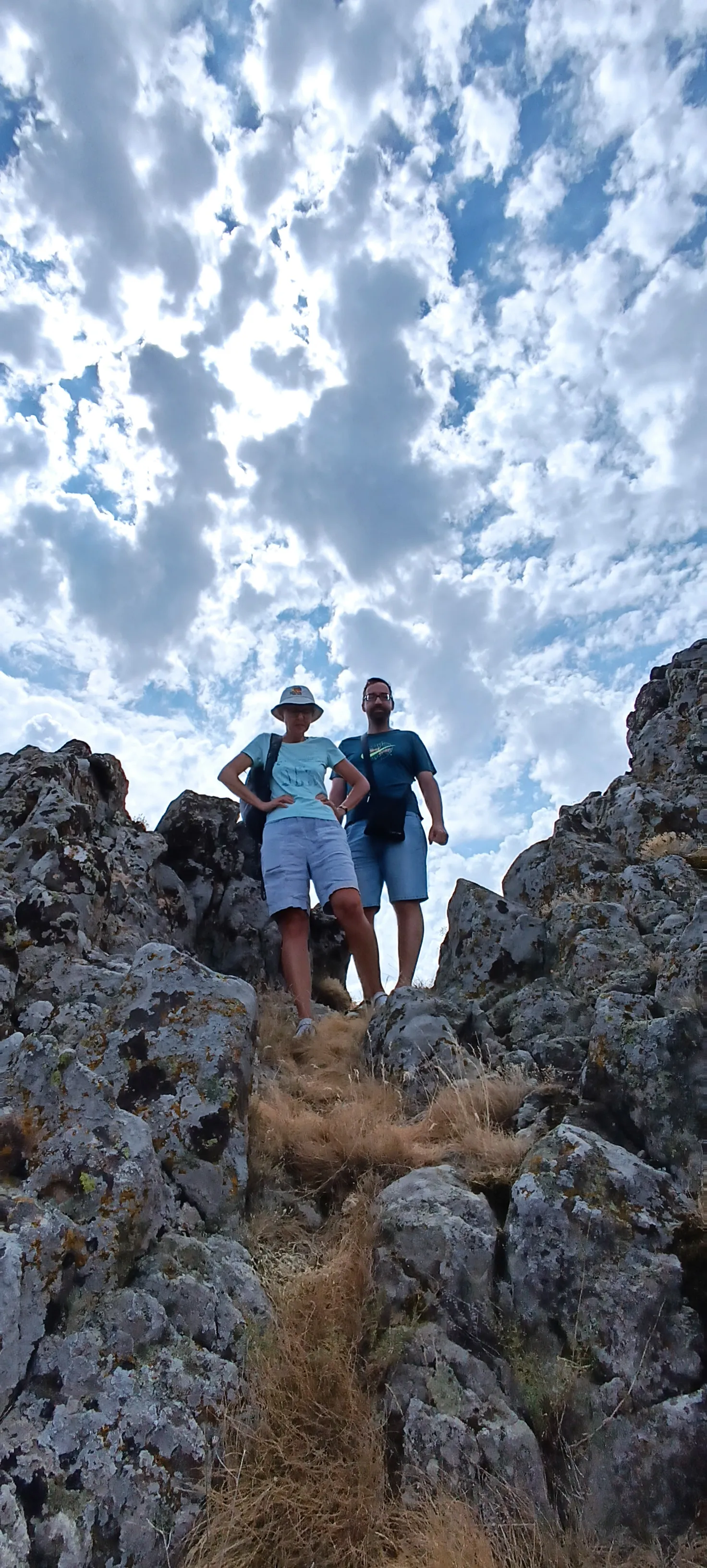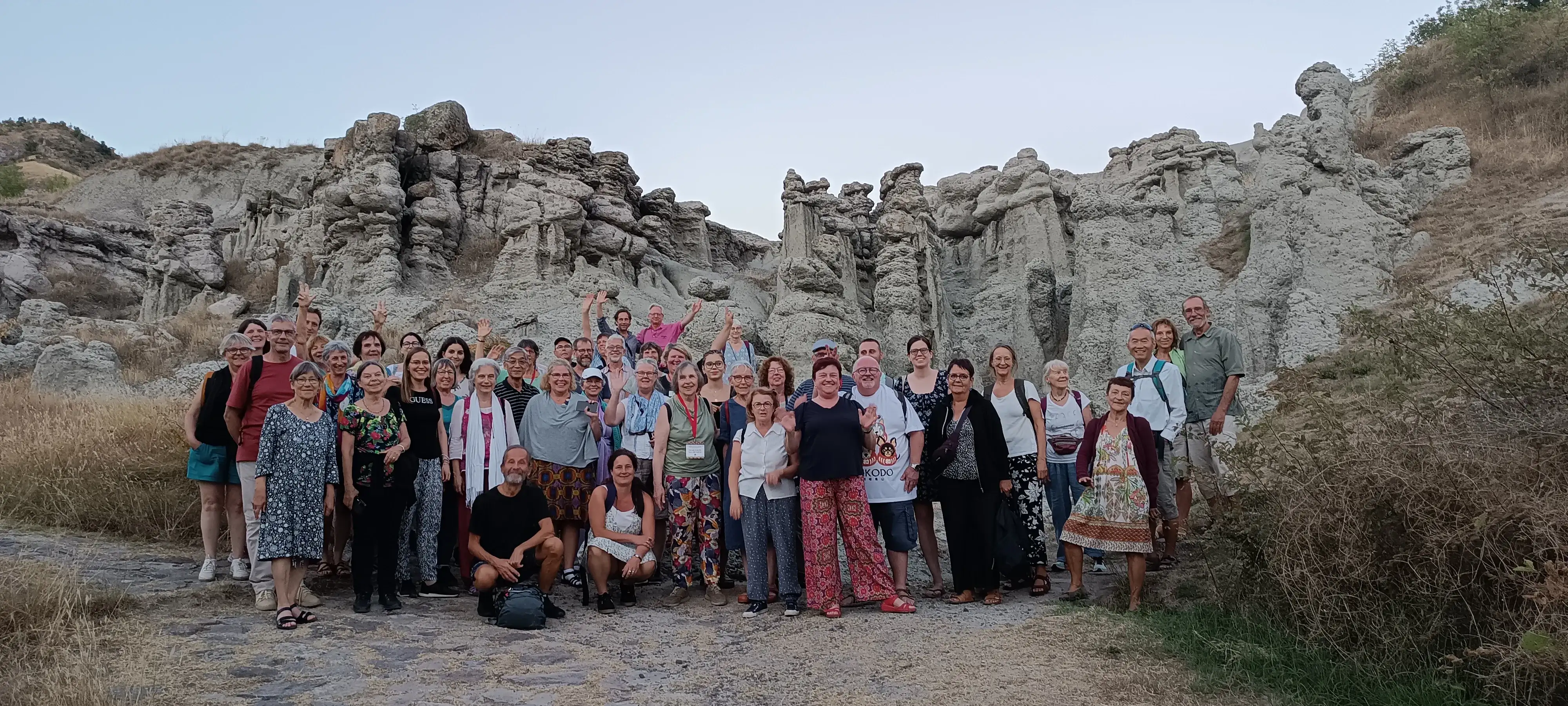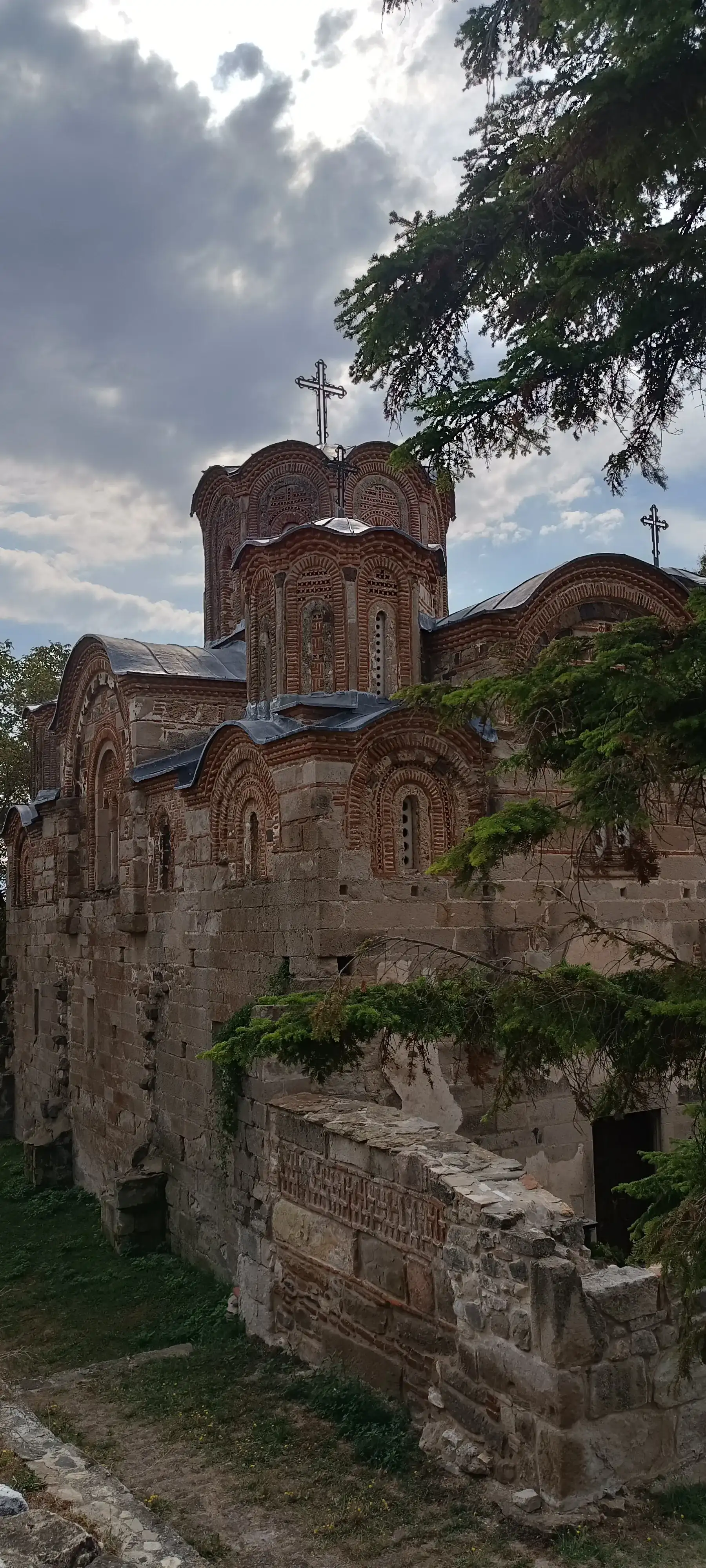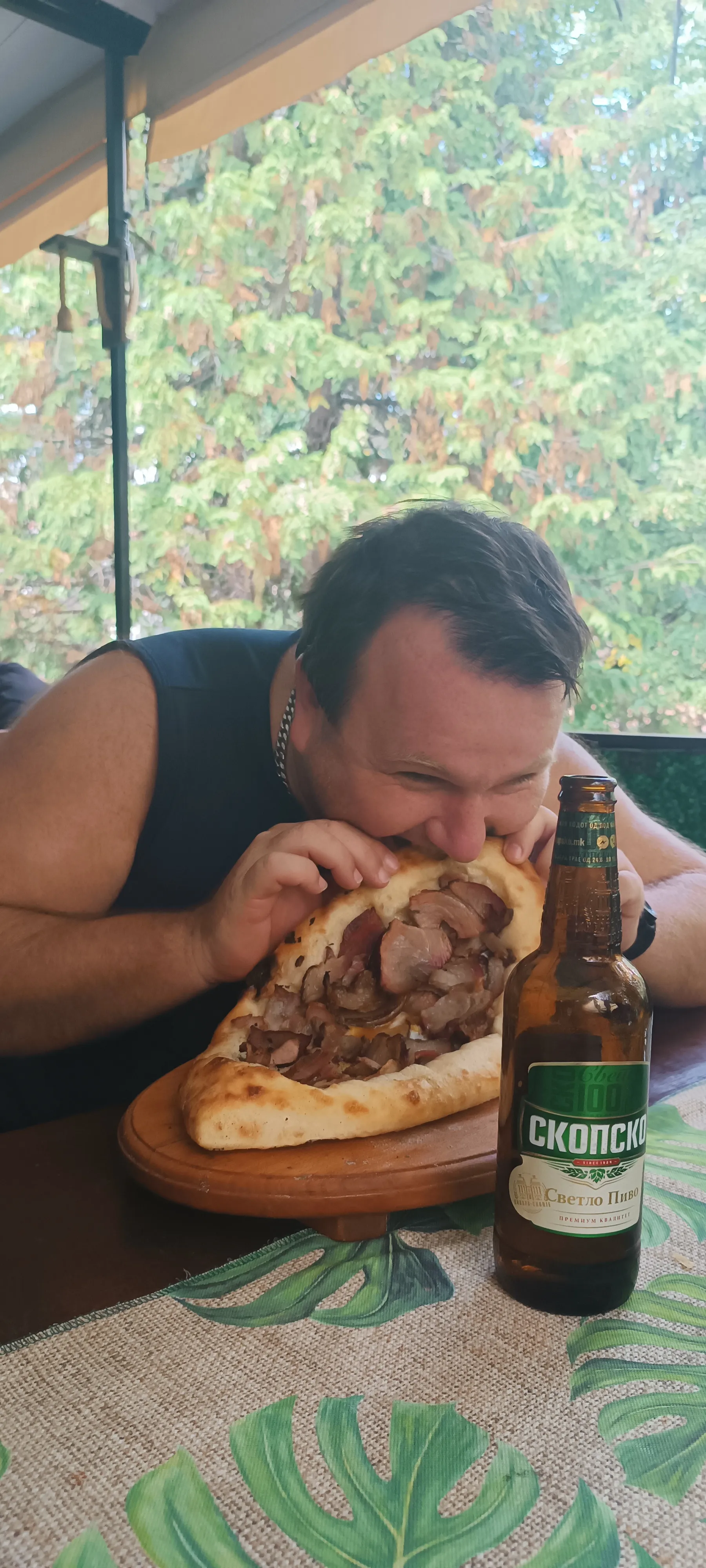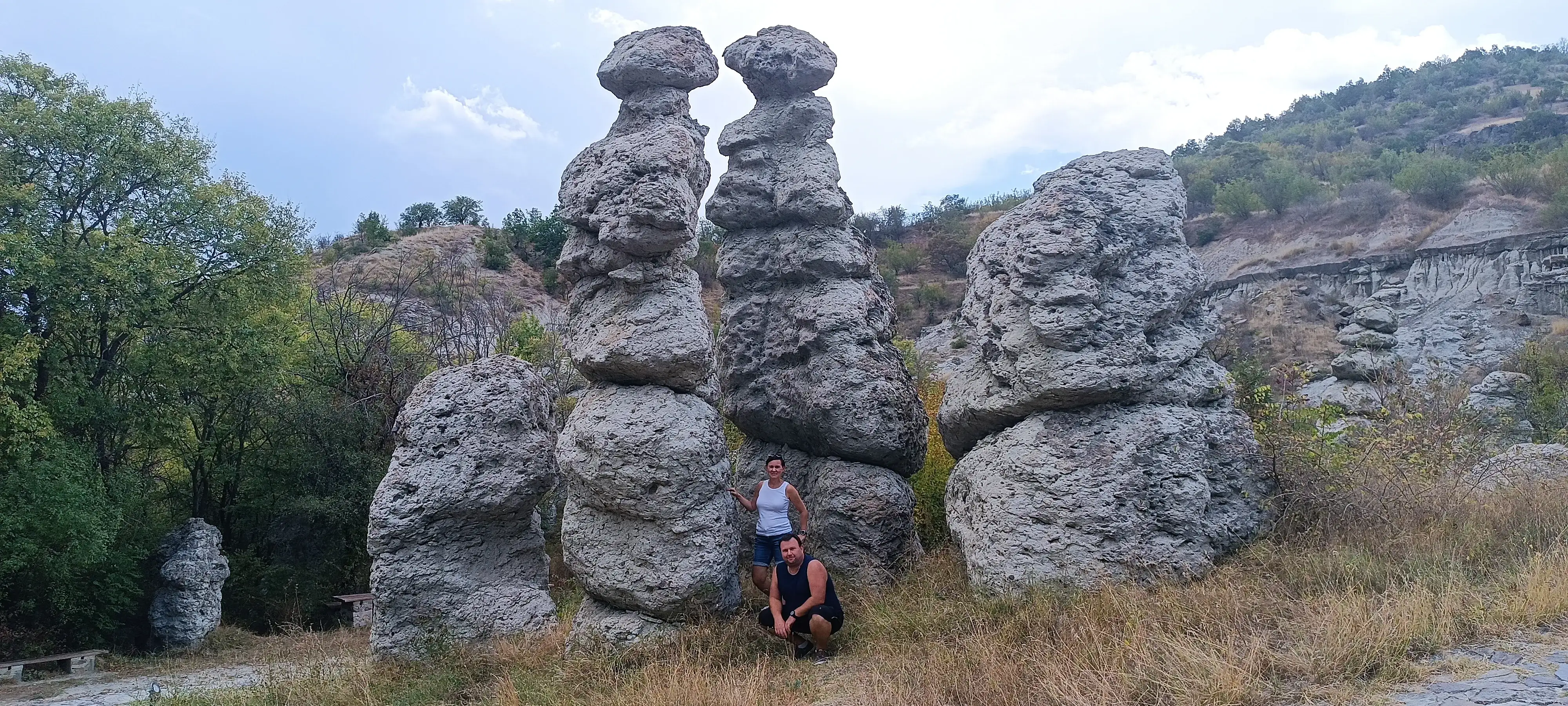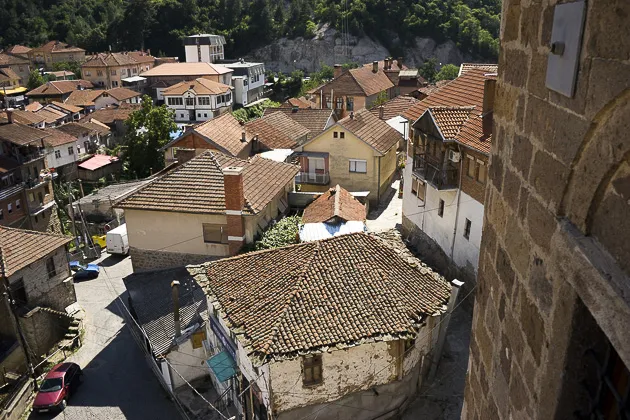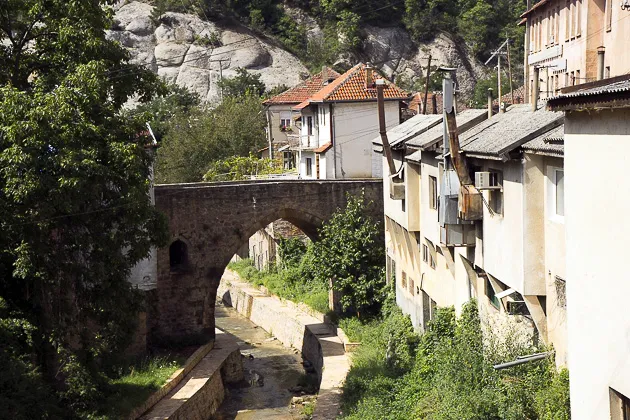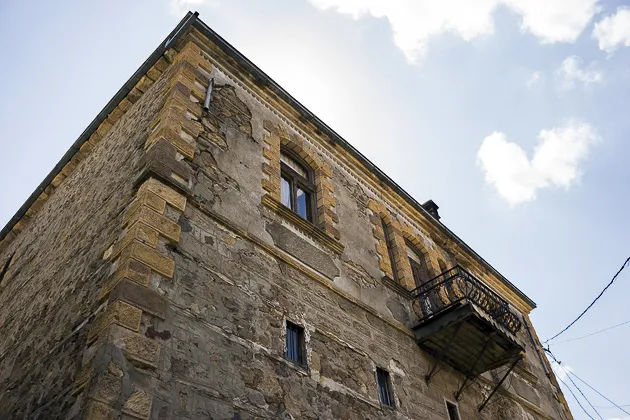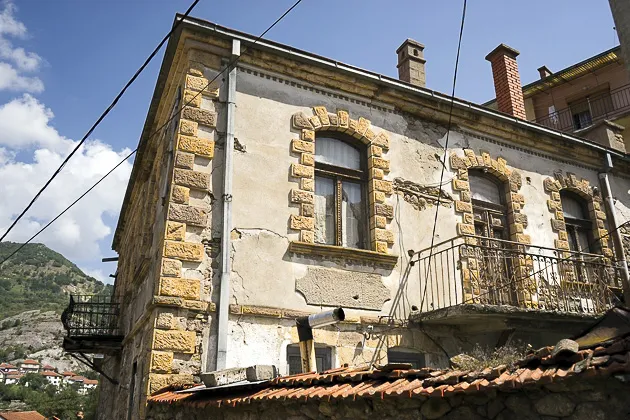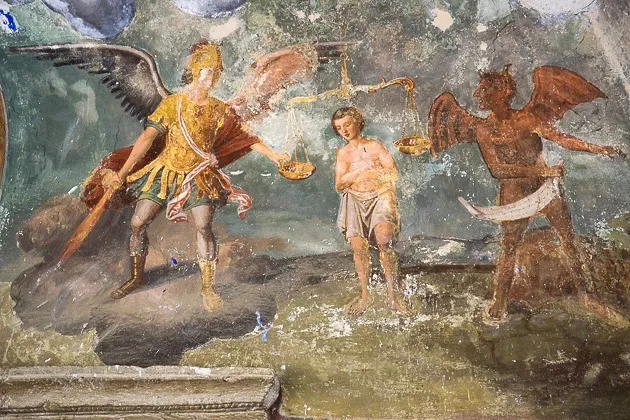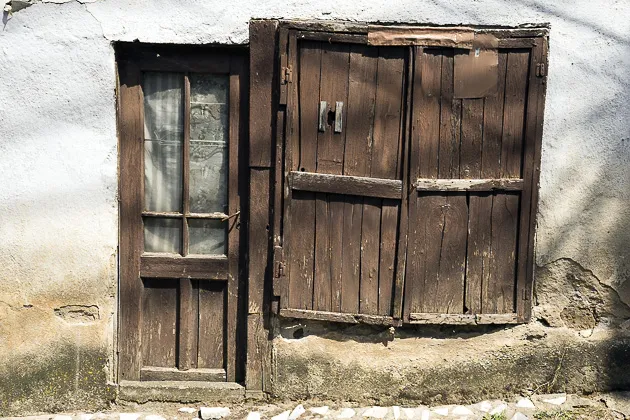About the Hike
Kokino is a Bronze Age archaeological site, "megalithic observatory", the oldest archaeological finds date from about the 19th century BC, corresponding to the early European Bronze Age.
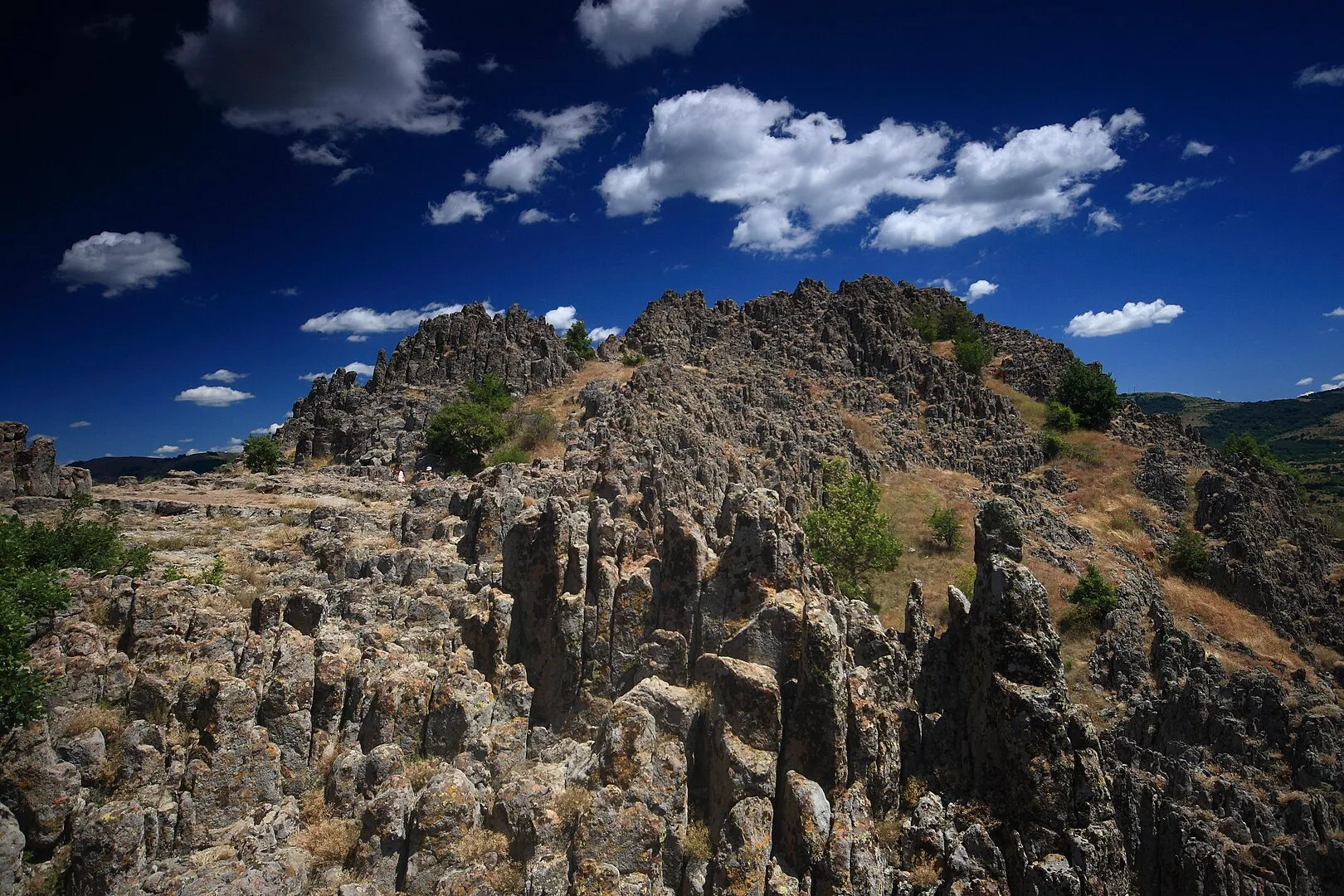
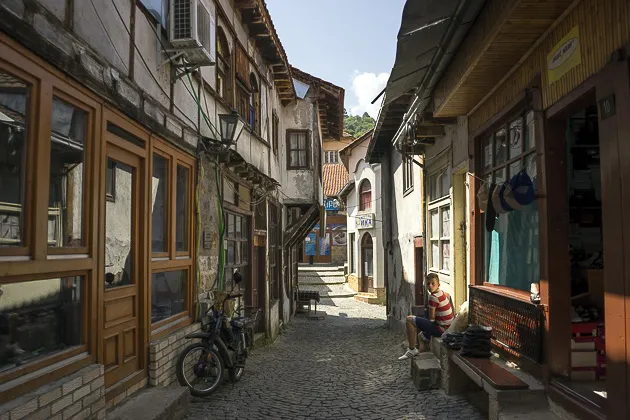
After picking the clients up we shall visit the The Church of St. George in the village Nagoricane. The church was built by medieval Serbian king Stefan Milutin, and is noteworthy both for its architecture and its frescoes. It is considered a 14th-century masterpiece of the palaiologan time and a key example of Christian heritage in this area. The cross-in-square church is complemented by a narthex, while the bema and naos are divided by a stony iconostasis. It is also very famous for its frescoes. The style of the frescos is that of the Palaiologan Renaissance, which came up in the 13th century and is characterised by the revival of ancient forms with iconographic innovations. The church contains a series of images of saints and feasts presented in the order in which they are celebrated during the year.
Tour Itinerary
Stop 1: Pick up from Skopje
Car(45mins)
Stop 2: Staro Nagorichane (optional)
Car(25 minutes)
Stop 3: Kokino
Car(35 min)
Kratovo
Car(15 minutes)
Kuklici, Stone Dolls
Car(80 minutes)
Arrival back at Skopje
From here we shall head to Kokino (about 25 minutes drive), a Bronze Age archaeological site, where the oldest archaeological finds date from about the 19th century BC, corresponding to the early European Bronze Age. This unusual place served as a "megalithic observatory and sacred site" for the ancient people. The site includes special stone markers used to track the movement of the Sun and Moon on the eastern horizon. The observatory used the method of stationary observation, marking positions of the Sun at the winter and summer solstice, as well as the equinox. Four stone seats or "thrones" are placed in a row on the lower platform.
From here we will head to Kratovo. It is assumed that on today's location of the city of Kratovo, a city under the name of Kratiskara existed long ago.
Under the name of Kratis or Koriton, the settlement was mentioned in the Byzantine period, and today's name originates from the location of the city in the crater of an extinguished volcano. The relief conditions of the space required in Kratovo a special architectural and construction approach, that is, a typical Kratovo architecture to develop.
From here we will go to Kuklica. The stone town of Kuklica is an area consisting of over 120 naturally formed stone pillars, located in the village Kuklica. The legend says that of a man who could not decide which of two women he should marry. So, the man planned to marry each woman on the same day at different times. When the first wedding was in progress, the woman to marry the man second went to see who was getting married on the same day as she. When she saw her future husband marrying another woman, she cursed all in attendance at the wedding and turned them into stone.
Between the location there will be snacks and water, and afterwards, great lunch.
Interested in this tour?
Book NowDetails
| Tour | |
|---|---|
| Highlihts |
|
| Includes |
|
| Duration | 7 hours |
| Live tour guide | English, German, Serbian, Bulgarian |
| Pickup included | The guide will pick you up and drop you off. |
| Group size | Private group |
| Not suitable for |
|
| What to bring? |
|
Highlihts
- Kokino, "megalithic observatory" from the 19th century BC
- Staro Nagoricane, a village known for its 11th century Church of St. Georg
- Kratovo, a beautiful small town with unique architecture
- Kuklica, stone town consisting of over 120 naturally formed stone pillars
Includes
- An experienced licensed Guide
- Transport from your Hotel/ Apartment and back
- Lunch in a Restaurant
- Water and refreshment drinks
